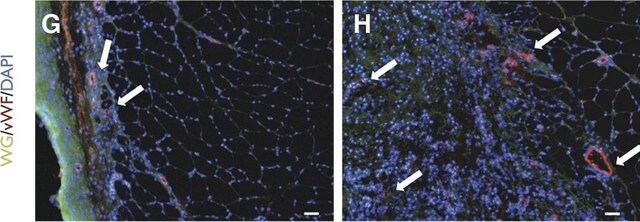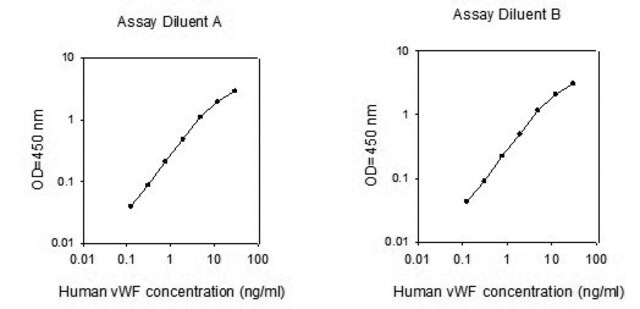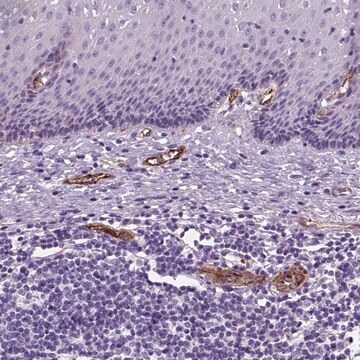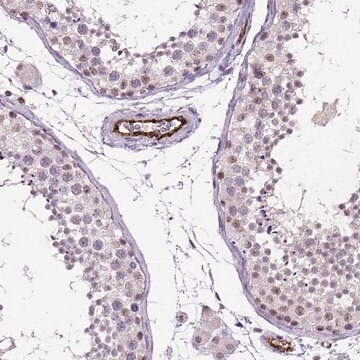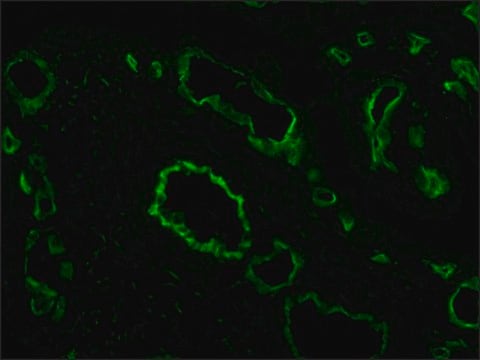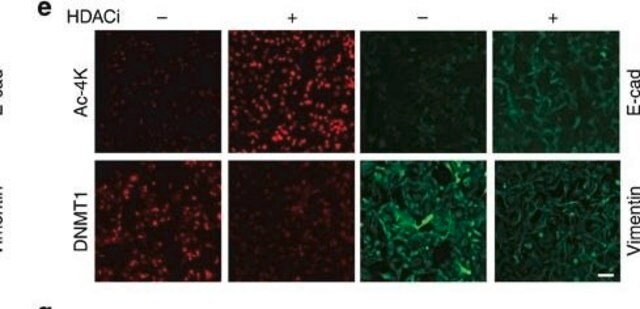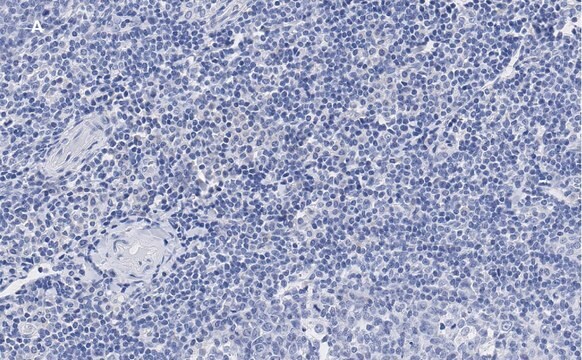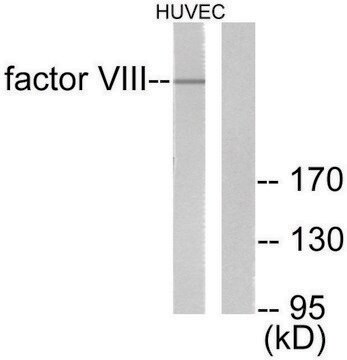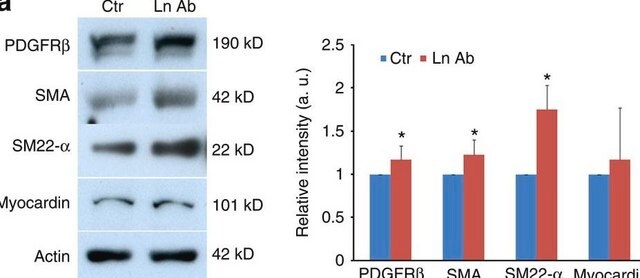F3520
Anti-von Willebrand Factor antibody produced in rabbit
IgG fraction of antiserum, buffered aqueous solution
Synonym(s):
Von Willebrand Factor Antibody, Von Willebrand Factor Antibody - Anti-von Willebrand Factor antibody produced in rabbit, Anti-Factor VIII-Related Antigen
About This Item
Recommended Products
biological source
rabbit
Quality Level
conjugate
unconjugated
antibody form
IgG fraction of antiserum
antibody product type
primary antibodies
clone
polyclonal
form
buffered aqueous solution
species reactivity
human
packaging
antibody small pack of 25 μL
technique(s)
immunohistochemistry (formalin-fixed, paraffin-embedded sections): 1:1,000 using human tissue (Indirect Immunoperoxidase Labeling)
indirect immunofluorescence: 1:200 using formalin-fixed, paraffin-embedded sections of human tissue
UniProt accession no.
shipped in
dry ice
storage temp.
−20°C
target post-translational modification
unmodified
Gene Information
human ... VWF(7450)
General description
Specificity
Immunogen
Application
- western blot analysis and immunostaining
- immunocytochemistry
- immunohistochemistry
- indirect immunofluorescence
Biochem/physiol Actions
Physical form
Preparation Note
Disclaimer
Not finding the right product?
Try our Product Selector Tool.
Storage Class Code
12 - Non Combustible Liquids
WGK
WGK 2
Flash Point(F)
Not applicable
Flash Point(C)
Not applicable
Choose from one of the most recent versions:
Already Own This Product?
Find documentation for the products that you have recently purchased in the Document Library.
Customers Also Viewed
Our team of scientists has experience in all areas of research including Life Science, Material Science, Chemical Synthesis, Chromatography, Analytical and many others.
Contact Technical Service